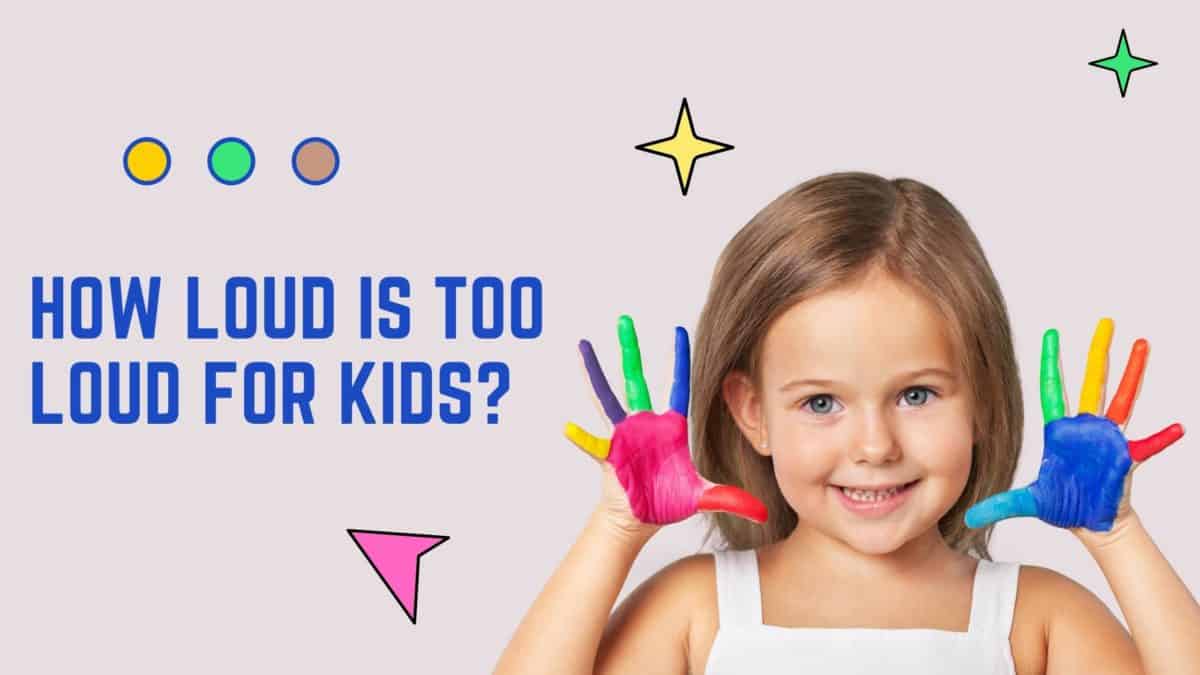Kids have always been first-adopters of new technology. Their hungry little brains devour new information at a pace that adults can only dream of. Think about it: small kids can easily learn multiple languages, while starting a language class at age 15 already means you’ll probably never have the fluency of a native speaker.
Especially because kids are so absorptive, we don’t want to cut them off from new information or experiences they might have using technology. When we learn that headphones can easily damage hearing, we don’t simply want to say, “No more headphones!”
A study from 2015 noted that over half of kids aged 8–12 listen to music every day, and almost two-thirds of teenages do. Music helps kids—and adults, for that matter—get energized, blow off stress, and work through emotions.
However, the maximum volume thrown out by most personal listening devices (PLDs) is far above a safe level for prolonged listening. 100 dB of sound can cause hearing loss after only about 15 minutes in adults, and even slightly less in kids. An Apple device’s headphone output can achieve about 102 dB.
For adults, a safe level is about 80 dB for prolonged listening. For kids, a little lower is better. The problem is that it’s hard to measure whether you’re hearing 80 dB out of your headphones or some other level entirely!
Let’s take a look at some of the things we can do to make sure our kids are using headphones and PLDs safely.
Volume-Limiting Headphones
Many parents have been exploring volume-limiting headphones for their kids. These devices promise to keep volume levels in a safe zone. While they definitely help, some have been shown to be ineffective. In a recent Wirecutter test, 30 sets of kids’ headphones allowed the volume to exceed the stated limit. If your child uses headphones to listen to media, the best thing you can do is check the headphones yourself periodically to make sure the volume level isn’t too high.
The best way to safely set a PLD is to turn the volume down, then turn it up slowly until it’s just loud enough that you can hear the content without straining. This can still be unsafe if there is a lot of ambient noise around.
Noise-Canceling Headphones
While earbuds are more likely to cause hearing damage due to their closer proximity to the eardrum, noise-canceling headphones are the safest option. If your child does spend time listening when ambient noise is present, noise-canceling headphones are a good investment. These use an active signal to cancel out the noise coming in from outside, allowing a lower volume to be set at the player. As a bonus, they can also be used to cancel noise even when your kids are not listening to other content, protecting their hearing and allowing for some peace & quiet.
Talk About Volume and Loud Places
Tell your kids about how the noise from the outside world gets combined with the sound of the headphones and can add up to an unsafe level. It’s important for them to understand this so they know when to avoid listening, or when to engage the noise-canceling function on their headphones.
Set Listening Breaks
Our ears get used to louder and louder noise over time. It’s possible that your child adjusts to one volume level, then turns it up, then adjusts to that, then turns it up again, and so on. The pain threshold is very far above the threshold that causes hearing loss, so over several hours of listening you might discover that your child has worked their way up to max volume without even noticing it.
Setting a listening break allows hearing thresholds to reset and for a sense of sound in the “real world” to be reestablished. When your kids return to listening again, they’ll have a better understanding of where the comfort level should be.
Model Good Habits
Parents and teachers alike need to demonstrate careful attention to hearing protection.
- Always protect your hearing when the environment gets loud, as well as theirs, and point out why you’re doing it.
- If TVs or stereos are set too loud, turn them down and, again, explain why.
- Take listening breaks, yourself, and mention how it helps you keep track of your listening levels.
- When a vehicle with a siren drives by, cover your ears and tell them to do the same.
With a little instruction, kids can learn to enjoy a lifetime’s worth of listening that can enrich their lives for decades.


